History of Mariemont estate
From Mary of Hungary and Charles V to today
Royal Estate
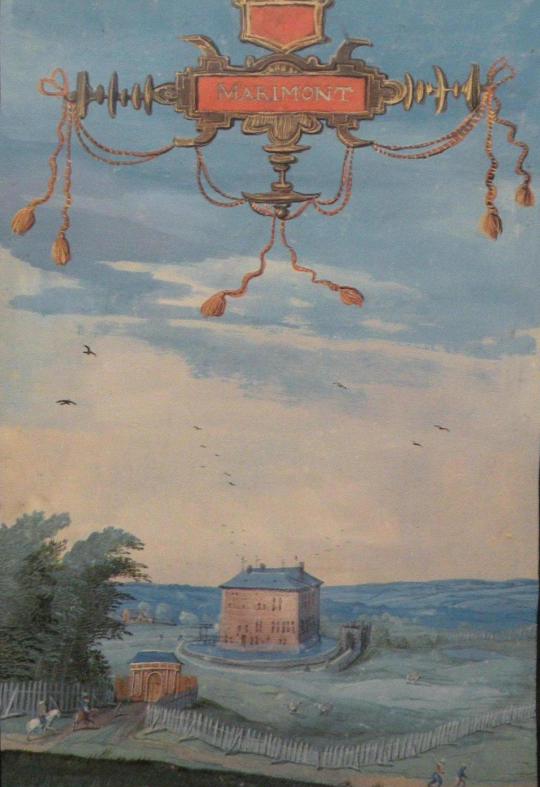
16th century • MARY of HUNGARY ARRIVES AT MARIEMONT
In 1546 Mary of Hungary, a keen hunter and sister of Emperor Charles V, decided to have a luxurious lodge built in Morlanwelz. It was named Mariemont (Mary’s mount).

1605 • ARCHDUKES ALBERT AND ISABELLA
The hunting-mad archdukes decided to turn it into a prestigious royal residence. With the addition of four corner pavilions, a chapel, a tower and a sumptuous garden, Mariemont looked like a castle.
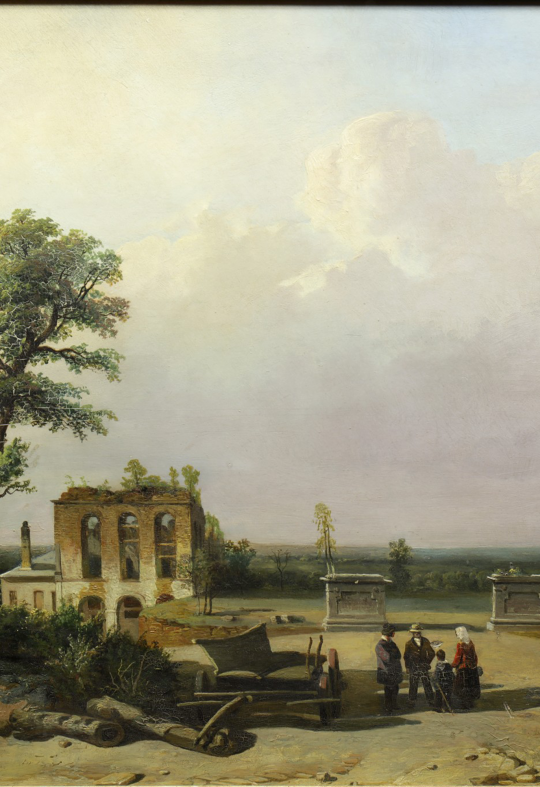
17th century • LOUIS XIV
The estate remained under Spanish control until the King of France, Louis XIV, decided to invade the Low Countries and make Mariemont one of his royal residences for 10 years.
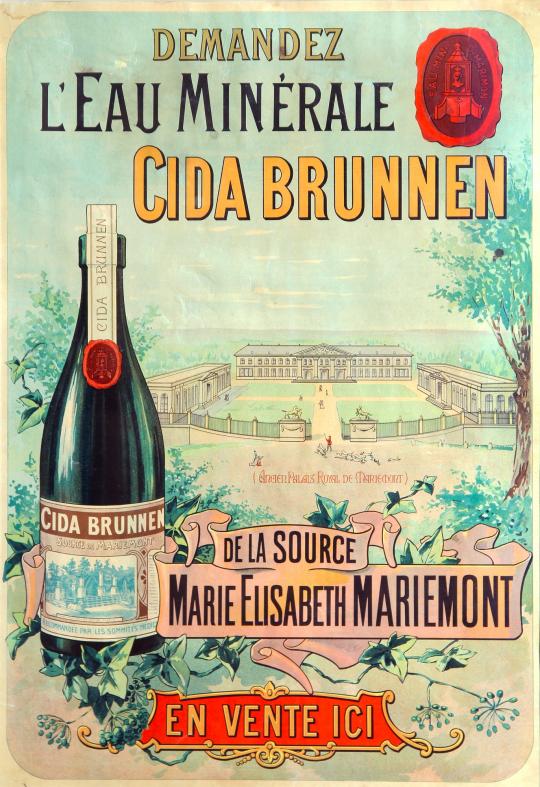
18th century • THE SPA OF MARIA-ELISABETH OF AUSTRIA
Having returned to Spanish hands in the meantime, the estate became the property of the Habsburgs and Archduchess Maria-Elisabeth of Austria was a regular visitor. Wishing to compete with Liège’s magnificent spa waters, she tried to create her own spa at Mariemont.
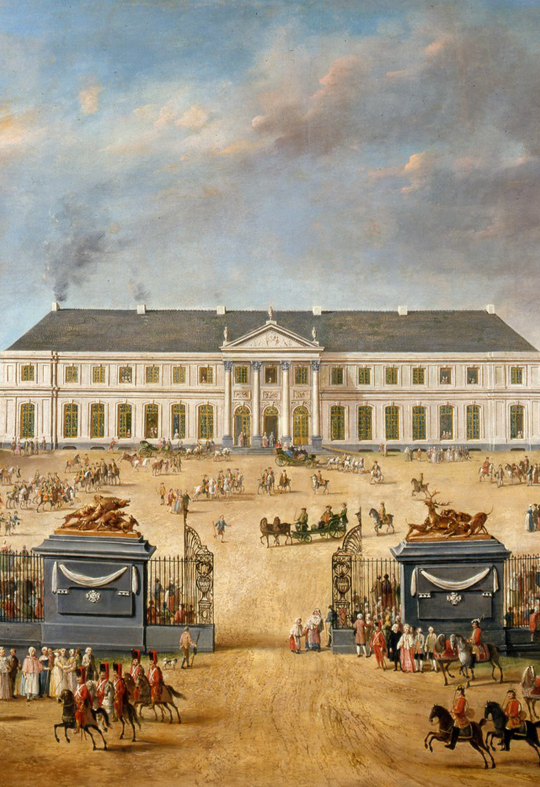
1741 • CHARLES OF LORRAINE
Prince Charles of Lorraine, Governor of the Low Countries, took up residence in Mariemont. A hunter and bon-vivant, he had a Neo-Classical style palace built where many parties and receptions were held.
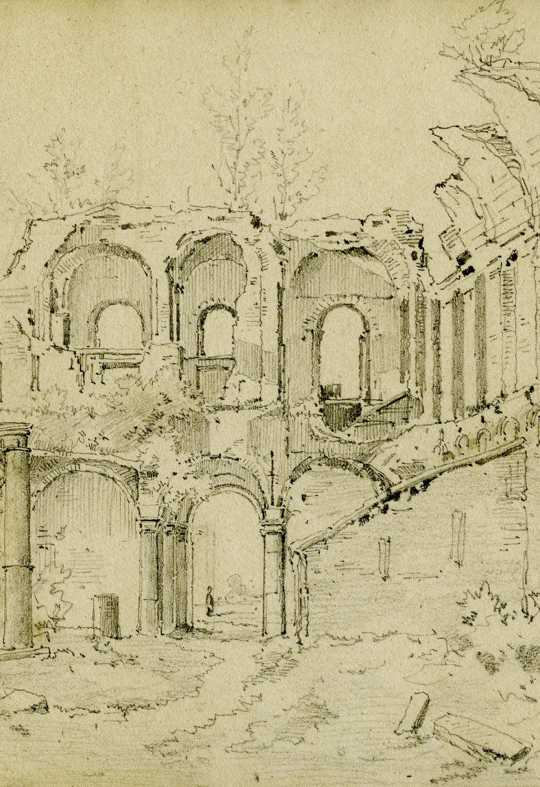
1794 • THE FRENCH REVOLUTION
At war with Austria, the French troops ravaged the region, setting fire to the palace which was then sacked and pillaged by the inhabitants from neighbouring towns.
Bourgeois estate
1829 • THE WAROCQUÉ DYNASTY AND "ANGLICISATION" OF THE ESTATE
Because it was in the heart of a bountiful coal basin, master colliers were attracted to the region, among them a bourgeois gentleman from Mons named Nicolas Warocqué. He bought a section of Mariemont forest to build himself a castle and create an estate of around 27 hectares, designed by Charles-Henri Petersen in the style of the English gardens of the time.
1892 – 1917 • RAOUL WAROCQUÉ & THE MUSEUM PROJECT
For four generations, and throughout the bourgeois prosperity of the 19th century industrial period, the Warocqués grew and improved the estate.
The last, and most prominent, family member, Raoul Warocqué, travelled to many European countries and also China, Japan, Egypt and India. He brought back a number of rare, valuable objects from his travels. Thanks to his great wealth and sage advice from the experts he surrounded himself with, he was able to pull together a collection of international grandeur in the space of a few years.
So it was Raoul Warocqué who designed the current estate, incorporating the ruins of the palace that once belonged to Charles of Lorraine into the family property. The project of a Mariemont's museum came about in 1909, when two reinforced concrete wings were added to the castle to house some of the collections.
He died in Brussels on 28 May 1917, leaving the estate in his will for all to enjoy.
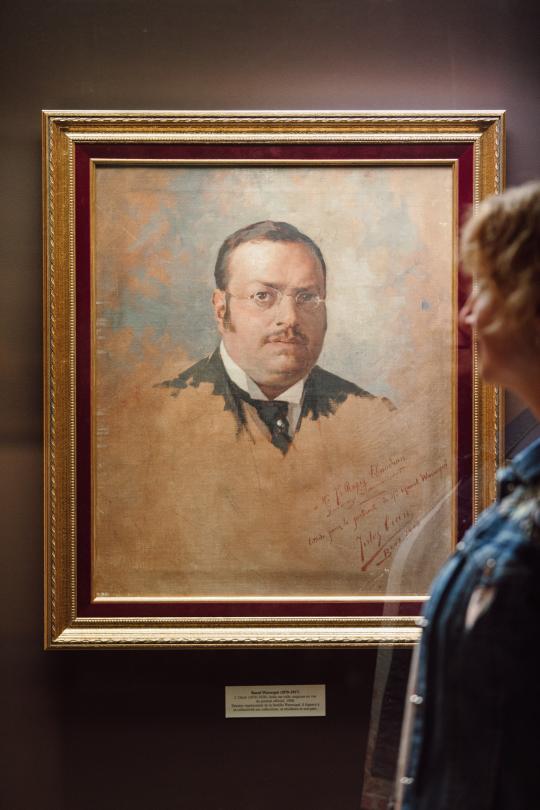
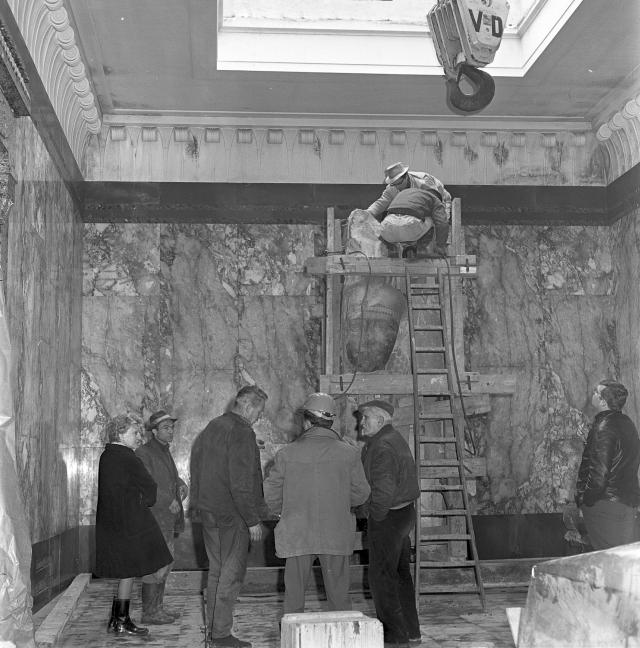
A public legacy
1920 – TODAY • BEQUEATHED TO THE BELGIAN STATE
Raoul Warocqué died on 28 May 1917. Because he had never married and had no descendants, he bequeathed Mariemont estate to the Belgian state, stipulating in his will that the castle should be opened to the public. In doing so, he was protecting his possessions because his private collection became public.
In 1934, Paul Faider, with the help of his wife and assistant Germaine Faider-Feytmans, set about transforming Mariemont castle into a museum. The project came to fruition in 1939 when it obtained official “museum” status.
Germaine Faider then took advantage of the recovery of the post-war economy to diversify the museum’s activities, creating an education department and holding the first temporary exhibitions.
On 25 December 1960 Mariemont castle, which by then housed all of Raoul Warocqué’s collections, was ravaged by fire.
A new, resolutely modern building, designed by the Namur's architect Roger Bastin and named Mariemont Royal Museum, opened to the public in 1975.
In 1991, ownership of Mariemont was transferred to the Wallonia-Brussels Federation. It became the official museum of the Federation whose main mission is to preserve and analyse its heritage and collections and promote them to the general public.


